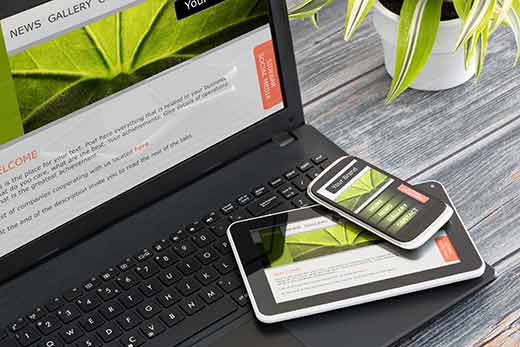Installing WordPress is very easy, especially if we use tools like Fantastico. However, our job is far from complete, there are other tasks that we need to do:

- Rename instruction and installation files: This file is included with the WordPress installation. It needs to be renamed to something that’s hard to guess. Renaming crucial files can be considered as preventative measures that can deter hackers from finding vulnerabilities easily.
- Replace index.html file in plugins directory: Go to wp-content/plugins and delete the index.html file. Create a new blank index.html file and we could do that by using the Notepad. Upload the blank file to the wp-content/plugins folder. After we do this, people would longer know what plugins we are using in our WordPress installation. This is a good preventative measure.
- Rename Uploads folder: Files that we upload to WordPress installation is stored in the Uploads folder, by default. We should change it with a random name. Add the path to the newly renamed folder and make sure that our uploads will be correctly stored in that folder. It is also a good idea to uncheck the option to organize pictures by date and month, because this can be quite troublesome.
- Check the time and date: This may seem like a trivial thing to do, but we should make sure that time and date are accurate. They could affect how plugins work.
- Update your profile: It is a good idea to update our profile once we are logged into the WordPress installation environment. The About Me box should contain relevant keywords related to our website. There should also be enough useful information for our visitors. Our Profile webpages should be search engine friendly.
- Remove Blogroll links: Blogroll links are displayed by default and it is a good idea to remove them. These sites could have little relevance for WordPress websites that have near-zero content. Go to Links, check the boxes and delete them. We could manually add new Blogroll links later when we consider them as relevant to our content and audience.
- Make sure that our website isn’t set as private: Some auto-installers and web hosts may set our blog as private. Go to Settings> Privacy and make sure that the radiobutton that shows our blog to search engines are checked. If not, check it and save the change.
- Optimize permalinks: Good permalink structure will enhance our SEO performance. Go to Settings> Permalinks and make sure that the URL is set to /%postname%/. This will make sure that the URL of our webpage is based on the title of the post. Because the title is a short keyword-rich sentence, our URL will also become more relevant based on the content.
- Perform regular pinging: We should make sure that our WordPress website automatically pings to the outside world, each time a new post is uploaded. Go to Settings> Writing and add our own pinging services. Save the changes after we add or remove a pinging service.
